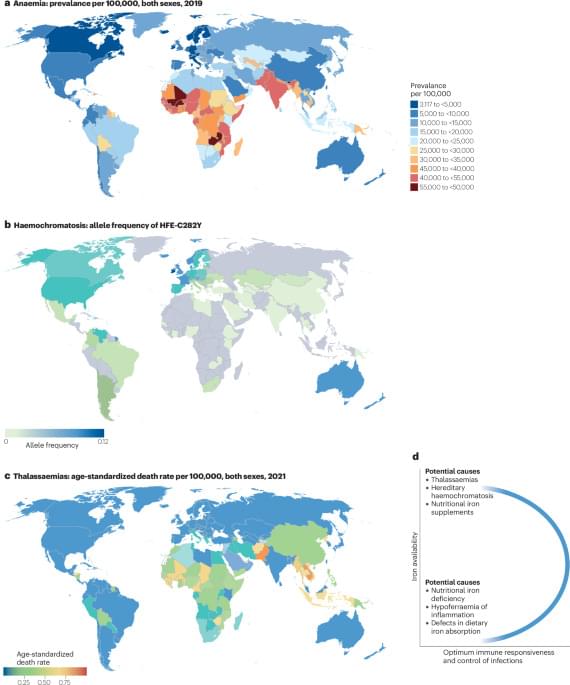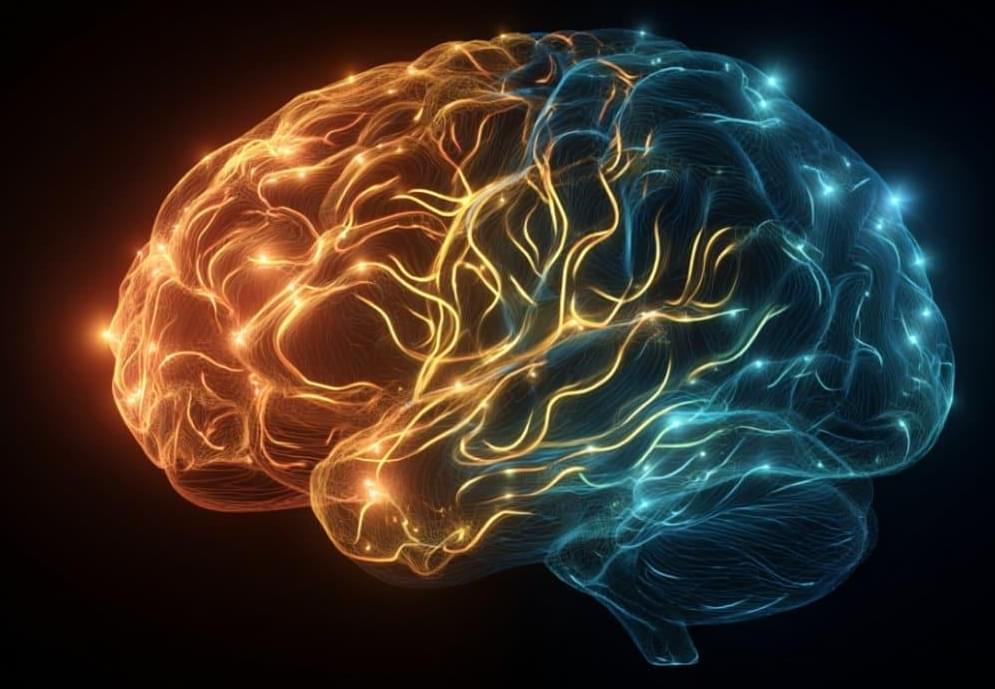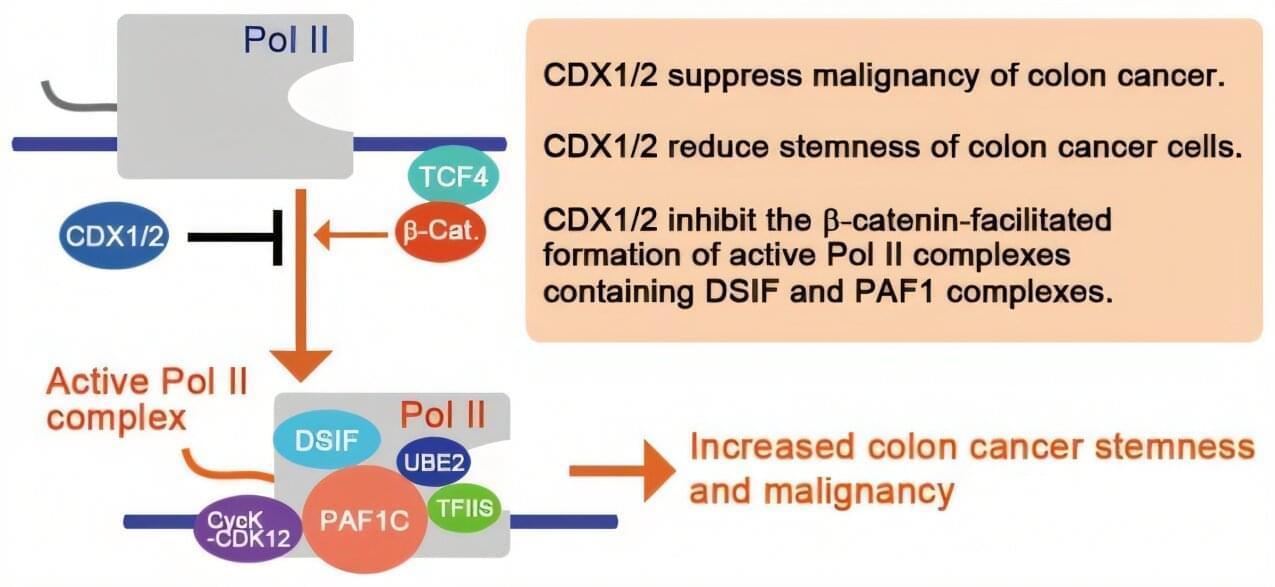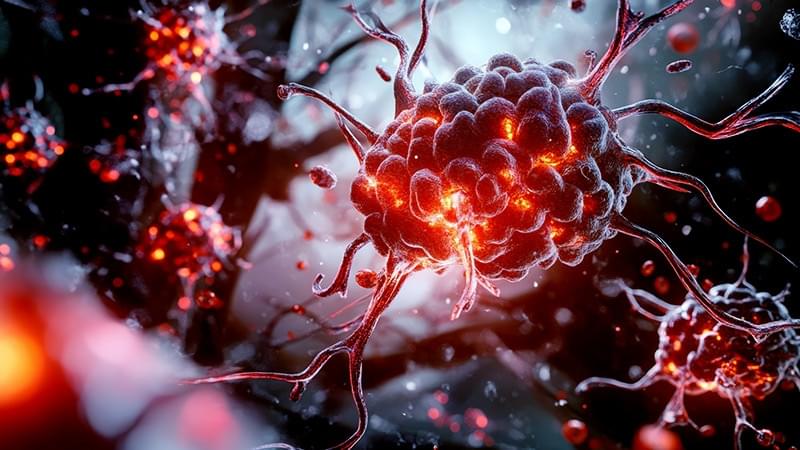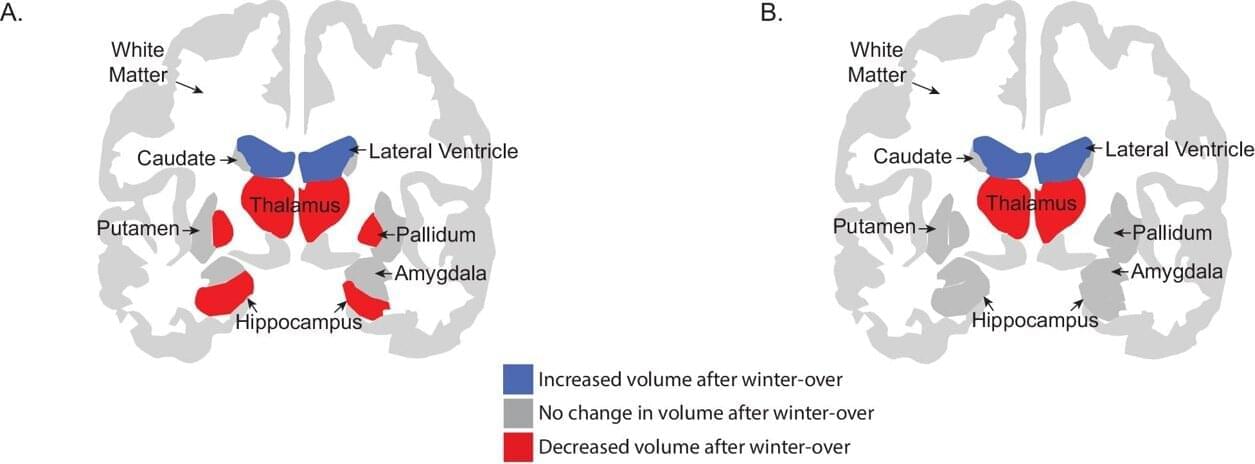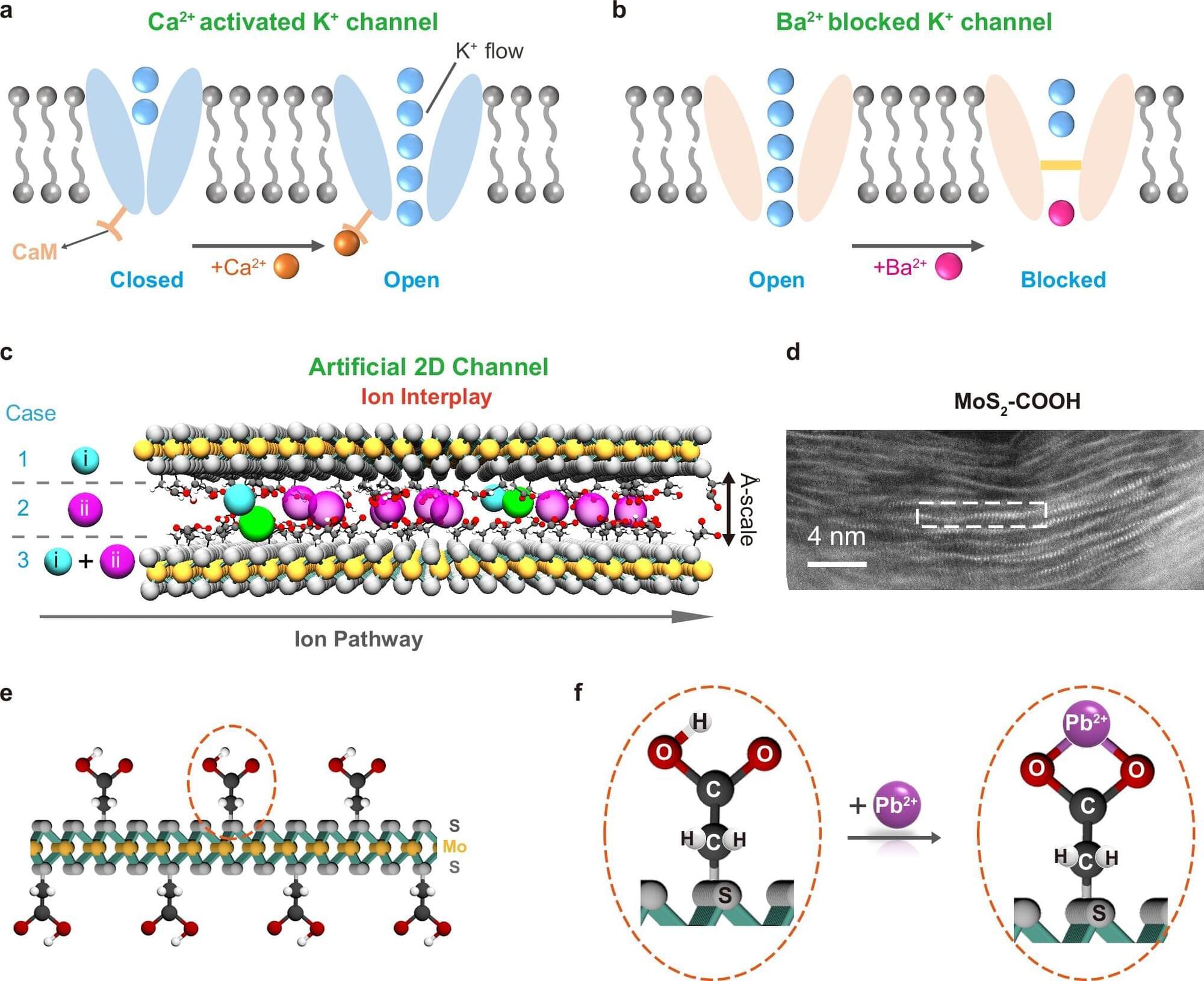A four-day work week can lead to happier and more productive, dedicated employees, a new global study found.
Workers at companies that instituted a four-day work week—essentially working 80% of their regular hours for the same pay—reported less burnout and better job satisfaction along with improved mental and physical health, researchers report in Nature Human Behavior.
“Across outcomes, the magnitude (of improvement) is larger for the two work-related measures—burnout and job satisfaction—followed by mental health, with the smallest changes reported in physical health,” wrote the research team co-led by Juliet Schor, an economist and sociologist at Boston College.


